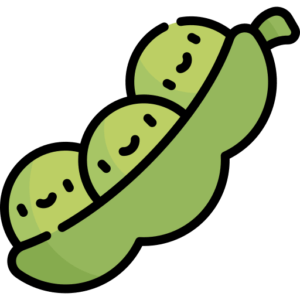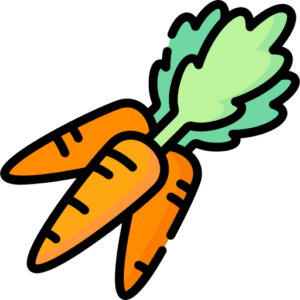Okra (Abelmoschus esculentus), also known as lady’s fingers outside of the United States, is a nutritious vegetable and oil crop that is a member of the Malvaceae family:
-
AppearanceOkra is a stout, erect, herbaceous herb that can grow to a height of 4 meters. It has few branches and is primarily a warm-season plant that doesn’t tolerate frost or chilling. The fruit is a green pod that is several inches long, pointed at one end, and filled with seeds.
-
UsesOkra is grown for its seed pod, which is harvested before it matures, similar to snap beans. The pods can be eaten stewed with salt, pepper, and butter, or canned, dried, frozen, or pickled. Other parts of the plant are also used, including the leaves, which can be used as spinach or cattle feed, the stem fibers, which can be used for cord, and the plant mucilages, which have medical and industrial uses. Okra seeds are also edible and contain a considerable amount of oil rich in unsaturated fatty acids.
-
NutritionOkra is a good source of protein, carbohydrates, minerals, vitamins, dietary fiber, and other phytonutrients. It’s also an excellent source of vitamin K and calcium, which may help strengthen bones and prevent fractures.






Reviews
There are no reviews yet.